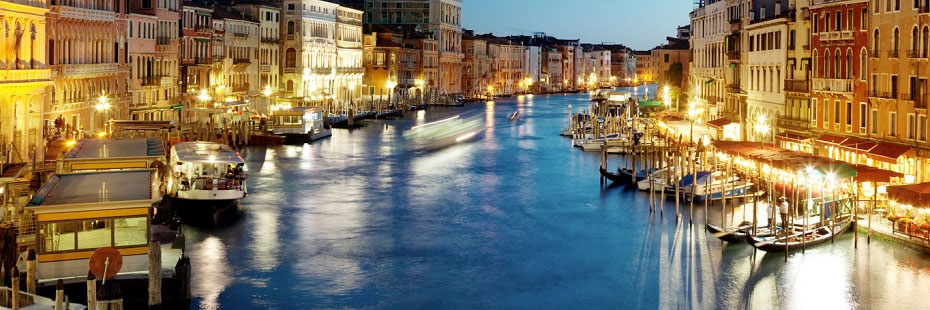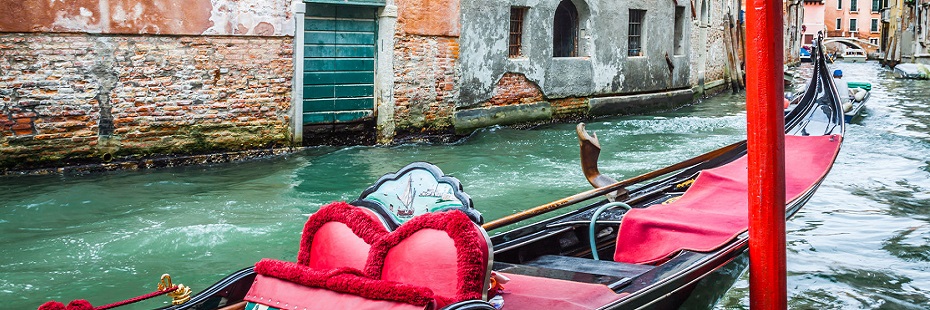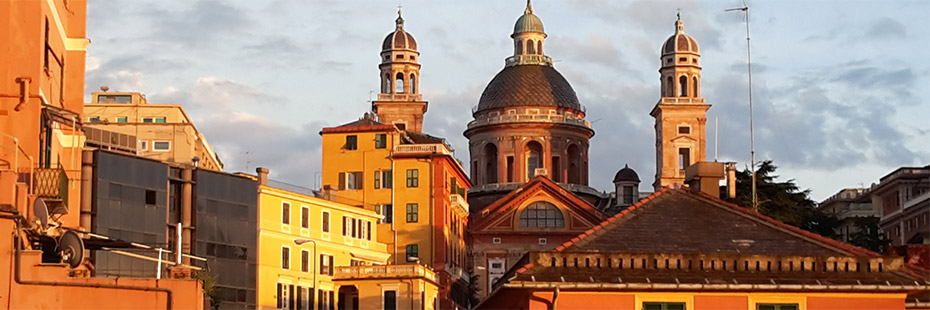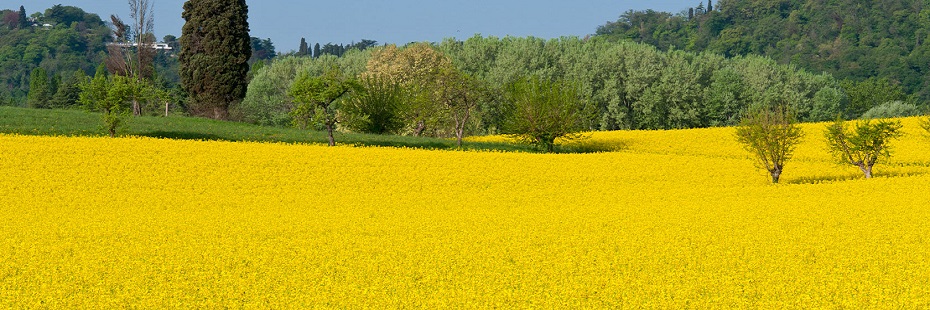|
La parola "monaco" deriva da "monos" che vuol dire "solo, unico", ma anche, per estensione, "in unità con il tutto". Da qui deriva il fascino che l'immagine del monaco e del monastero hanno sull'immaginario collettivo. E che Umberto Eco, nel suo romanzo Il Nome della Rosa ha colto in pieno.
Hai letto Il Nome della Rosa? Hai visto il film? |
The word "monaco" (= monk) comes from "monos" meaning "one, unique", but also, by extension, "in unity with the whole." Hence the fascination that the image of the monk and the monastery have on the collective imagination. And that Umberto Eco, in his novel The Name of the Rose has interpreted so well.
Have you read The Name of the Rose? Have you seen the movie? |
|---|
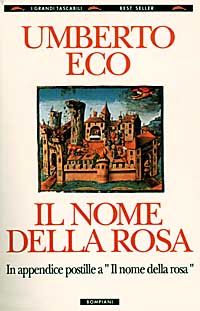
The biggest literary success by Umberto Eco:
The Name of the Rose
Share this activity:
| Clicca sulle frasi sottolineate in verde nel testo seguente per ascoltare Giulia che le pronuncia. Usa la tua intuizione per capire il significato generale del testo italiano; se puoi evita di guardare la traduzione. |
Click on the sentences highlighted in green in the following text to listen to Giulia pronouncing them. Use your intuition to understand the general meaning of the Italian text; if you can, avoid looking at the translation. |
|---|
| Il mondo della biblioteca nei monasteri medievali e nel romanzo "Il Nome della Rosa" di Umberto Eco. | The world of the library in medieval monastry, and in the novel "The Name of the Rose" by Umberto Eco. |
|---|
This video is additional reference material and is not property of CyberItalian.
Should you have any problem viewing it, please
notify us.
Thank you for your patience and collaboration!
Trailer italiano del film "Il nome della rosa"
This video is additional reference material and is not property of CyberItalian.
Should you have any problem viewing it, please
notify us.
Thank you for your patience and collaboration!
Trailer inglese
| La biblioteca nacque in seguito ad un disegno rimasto oscuro attraverso i secoli, ci racconta l'abate benedettino de "Il Nome della Rosa", il romanzo di Umberto Eco di maggiore successo. Solo il bibliotecario conosce il contenuto della biblioteca mistica di Eco; tuttavia, le sue labbra sono serrate e non può rivelare i segreti contenuti nei grandi libri. Nessuna verità, continua l'abate, può essere rivelata a tutti, come nessuna bugia può essere riconosciuta come tale dagli spiriti pii. Il libro è una fragile creatura, ci dice, che soffre dell'usura del tempo. | "The library was born according to a design that has remained obscure throughout all centuries," says the Benedictine Abbot in Umberto Eco's best seller novel, "The Name of the Rose." Only that librarian knows the contents of Eco's mystical library, and his lips are sealed about the secrets contained in the great books. "All truths," says the Abbot, "are not meant for all ears; not all lies can be recognized as such by pious spirits. The book is a fragile creature," he says, "it suffers from the use of time." |
|---|---|
| Dunque la biblioteca deve difendere questi fragili libri. Deve difendere se stessa ed essere impenetrabile, come le verità che contiene. Richiamando il detto latino che "monasterium sine libris est sicut mensa sine cibis," (un monastero senza libri è come una mensa senza cibo), l'abate del XIV secolo di Eco definisce il suo ordine come una riserva di conoscenza minacciata dal fuoco, dai saccheggi e dai terremoti. | So the library must defend that fragile book. It must defend itself, unfathomable, like the truth it hosts. Recalling the Latin saying that "monasterium sine libris est sicut mensa sine cibis," [a monastry without books is like a table without food], Eco's 14th century Abbot calls his Benedictine Order a "reserve of knowledge that threatens to disappear in fires, sackings and earthquakes." |
| Nei secoli descritti da Eco, che precedevano la stampa, le biblioteche dei monasteri erano una centro vitale di conoscenza, ma erano avvolte nel mistero poiché, già da allora, la conoscenza era considerata pericolosa. | In the pre-printing press centuries described by Eco, monastery libraries were vital centers of knowledge but they were shrouded in mystery because already then knowledge was a dangerous thing. |
| I monaci studiosi passavano il tempo allo Scriptorum, copiando libri ecclesiastici, arricchendoli di miniature, rilegandoli e proteggendoli. I primi monasteri, come i tredici fondati da San Benedetto (VI secolo d.C.) fra le montagne vicino a Roma, furono la maggiore riserva di cultura europea durante le continue invasioni dei barbari. | Monk scholars spent their time in the Scriptorum copying ecclesiastical books, illuminating, binding, and also preserving them. Monasteries like the thirteen original ones founded by Saint Benedict in the 6th century in the mountains near Rome were Europe's major reserves of culture during the subsequent barbarian invasions. |
| Io stesso, dopo avere letto l'avvincente descrizione che il romanzo di Umberto Eco ci offre circa la vita in una biblioteca monastica, ho deciso di visitare alcuni monasteri. | After Umberto Eco's novel described in such a mysterious manner life in a monastery library, I decided to visit some of them. |
| I due monasteri, Santa Scolastica e Sacro Speco, dove San Benedetto visse, dominano la Subiaco medievale. | The two monasteries of Santa Scolastica and the Sacro Speco, the Holy Grotto - where Saint Benedict lived - dominate medieval Subiaco. |
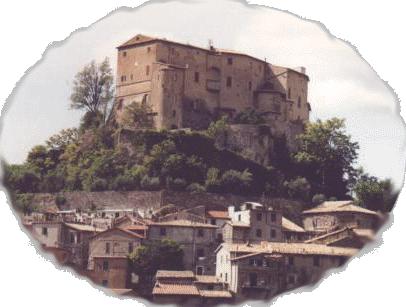
Subiaco
| Santa Scolastica a Subiaco è l'unico monastero sopravvissuto fra quelli fondati da San Benedetto. Oggigiorno è nascosto all'interno della favolosa cittadina di Subiaco, isolata fra le montagne, a 70 km da Roma. I monaci del monastero passavano il tempo a meditare e a copiare libri, mentre gli artisti affrescavano la chiesa e la cappella. | The Santa Scolastica Monastery in Subiaco is the only one surviving of the original Benedictine monasteries. Today it is concealed in that fabulous town of Subiaco, isolated in the mountains 70 kilometers from Rome, whose monks spent their time in meditation and copying books, while artists frescoed their church and chapels. |
|---|---|
| L'arrivo a Subiaco, (oltre cinque secoli fa), di due stampatori di Magonza, in Germania, cambió la vita del monastero. Il progresso arrivò all'improvviso. La stampa diede termine al lavoro dei monaci analfabeti che facevano l'inchiostro, preparavano la pergamena dalle pelli di pecora e rilegavano i grandi libri, come all'opera dei monaci più istruiti che copiavano i libri con la loro calligrafia artistica mentre i maestri ne adornavano i margini con le miniature. Purtroppo si conoscono pochi particolari del ruolo che ebbe Subiaco nella diffusione dell'arte della stampa nel XV secolo. La storia non vi si è soffermata. I tedeschi, Arnoldus Pannartz e Conradus Sweynheym, furono diligenti. Né Parigi né Roma, che stavano per diventare i centri di stampa più importanti d'Europa, avevano ancora iniziato la loro attività quando i tedeschi costruirono la loro stamperia nell'isolata Subiaco e pubblicarono il primo libro stampato d'Italia: il lavoro etico-filosofico di Lattanzio. Scritto nel IV secolo da Cecilio Lattanzio (convertitosi al cristianesimo), il libro contiene i primi caratteri greci stampati al mondo; ha un carattere tipografico in lettere mobili studiato apposta per le estese citazioni dal greco e chiamato "stile Subiaco". Il libro indica appunto Subiaco come stamperia ed è datato 29 Ottobre 1465. | The arrival in Subiaco of two German printers from Mainz 550 years ago changed monastery life. Suddenly progress was in the air. The printing press was to end the work of the illiterate monks who made the ink, prepared parchments from sheep skins, and bound the great books while the more learned copied books in their artistic handwriting and artists illuminated the margins. But generally little is known about the role of Subiaco in the diffusion of the art of printing in the 15th century. History quickly passed it by. The Germans, Arnoldus Pannartz and Conradus Sweynheym, were diligent. Neither Paris nor Rome - soon to become Europe's great printing centers - had yet begun when the Germans built their presses in isolated Subiaco and produced Italy's first printed book: the philosophical-ethical work, the "Lattanzio." Written by the 4th century convert to Christianity, Cecilio Lattanzio, that book contains the first printed characters in Greek in the world, a type devised for its extensive quotes in Greek, all in mobile letters now called "Subiaco type." The book indicates Subiaco as the place of printing and is dated October 29, 1465. |
| Con 100.000 volumi preziosi, quella di Santa Scolastica è una delle più ricche fra le biblioteche delle undici grandi abazie d'Italia. I suoi libri costituiscono un vero tesoro culturale, letterario, storico e mistico. | With its 100,000 precious volumes, the Santa Scolastica is one of the richest of Italy's eleven great abbey libraries. Its books constitute a veritable cultural-literary-historical-mystical treasure. |
| Di seguito ho impiegato una delle tecniche favorite di Eco e ho listato alcune opere contenute nella biblioteca: 320 manoscritti, (codici dal X al XVII secolo che non sono mai usciti dalla biblioteca). Duemila libri del XV secolo, 14,000 del XVII secolo, una collezione di Salmi del X secolo e una spiegazione della Bibbia dell' XI secolo, (la cui scrittura a mano servì da modello per gli Umanisti e per la stampa dei caratteri subiaco, quattro secoli più tardi). Un messale del XIII secolo (numerato volume 2001, che indica quanto, una volta, fosse grande la biblioteca) e 280 incunabula, libri stampati fra il 1445 e il 1500 [la parola "incunabula" deriva dal latino "cuna" culla, la culla della nuova arte: la stampa]. | I have employed one of Eco's favorite techniques and list here some of that library's works: 320 manuscripts-codices of the 10th - 17th centuries that have never left the library. 2000 15th century books, 14,000 of the 17th century, a 10th century collection of Psalms and an 11th century explanation of the Bible, the handwriting of which served as the model for the Humanists and for Subiaco's printing characters four centuries later, a 13th century missal bearing the volume number 2001 indicating how big the library once was, and 280 incunabula - books printed between 1445 and 1500. [The word by the way comes from the Latin cuna, cradle, the cradle of the new art - the printing press.] |
| La biblioteca è situata in un chiosco romanico del XII secolo, sormontato da un campanile del 1052. | The library is housed in a 12th century Romanesque cloister, topped by a bell tower of 1052. |
| Una curiosità è la chiesa neoclassica di Santa Scolastica, dell'architetto Giacomo Quarenghi, che a 25 anni costruì la sua unica chiesa in Italia prima di essere chiamato in Russia da Caterina II per diventare il Bernini di San Pietroburgo. | A curiosity is the neo-classic church of Santa Scolastica by the architect from Bergamo, Giacomo Quarenghi, who at 25 years of age built this -his only church in Italy- before he was called to Russia by Catherine II, to become the Bernini of St. Petersburg. |
Sacro Speco, tagliato nella roccia e su vari livelli, quasi completamente affrescato da artisti fra l' VIII e il XIII secolo, è uno dei luoghi più spettacolari e meno conosciuti d'Italia. Un area di montagne aspre, valli strette, acque correnti, picchi rocciosi e boschi fitti. Umberto Eco potrebbe essersi ispirato a questo posto per rappresentare l'atmosfera misteriosa del suo romanzo "Il Nome della Rosa". Eppure i monaci insistono che non ci sono misteri qui; niente intrighi e nessun romanticismo. Solo pace e silenzio.
|
Sacro Speco, cut into the rocks, on various levels, nearly totally frescoed by 8th -13th century artists, is one of the most spectacular and lesser known sites of Italy. An area of rugged mountains, narrow valleys, rushing waters, rocky cliffs and thick woods, Umberto Eco could have captured there the mysterious atmosphere of "The Name of the Rose." Yet monks insist that there are no mysteries here, no intrigues, no romance. Just peace and silence. |
| Di seguito è riportato l'indirizzo dei monasteri citati: | Following is the address of the above mentioned monastries: |
Monastero Santa Scolastica. Località Santa Scolastica 00028 Subiaco, Roma. Tel. 0774/85525.
Monastero Sacro Speco di San Benedetto. Località Sacro Speco. 00028 Subiaco, Roma. Tel. 0774/85039.
| Gaither Stewart vive a Roma e collabora, fra diversi progetti, come corrispondente dall'Europa per il Greanville Post. Esperto giornalista, romanziere e saggista tratta diversi argomenti, dalla cultura alla storia alla politica. È anche l'autore della Trilogia Europea, celebrati racconti di spie di cui l'ultimo volume, Time of Exile, è stato recentemente pubblicato da Punto Press. |
Gaither Stewart is based in Rome and serves—inter alia—as European correspondent for The Greanville Post. A veteran journalist, novelist, and essayist on a broad palette of topics from culture to history and politics, he is also the author of the Europe Trilogy, celebrated spy thrillers whose latest volume, Time of Exile, was recently published by Punto Press. |
|---|---|
 Self-Study Courses for independent students: available online 24 hours a day so you can log in and study anytime from anywhere. More...
Self-Study Courses for independent students: available online 24 hours a day so you can log in and study anytime from anywhere. More...
 Tutored Courses if you need a structured and guided study: learn with the guidance of a tutor, get written correction and personalized feedback. More...
Tutored Courses if you need a structured and guided study: learn with the guidance of a tutor, get written correction and personalized feedback. More...
 1to1 Private Lessons for a custom developed course conducted by a dedicated teacher via an interactive audio/video chat service. More...
1to1 Private Lessons for a custom developed course conducted by a dedicated teacher via an interactive audio/video chat service. More...
See full list of Activities
FREE: Join our student group on Facebook and follow us on Twitter


